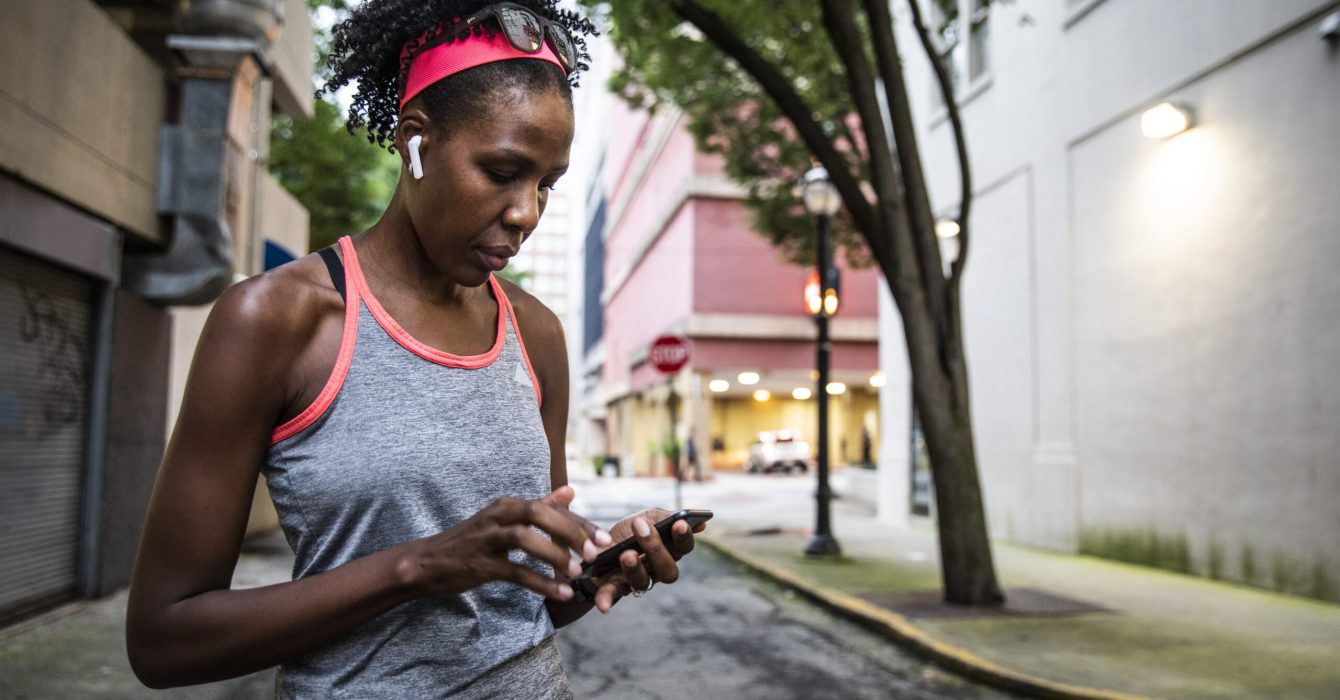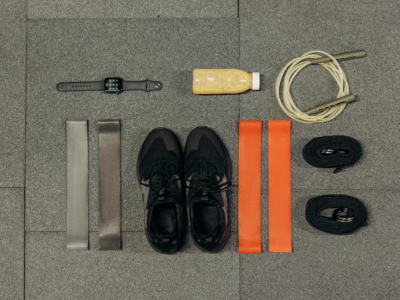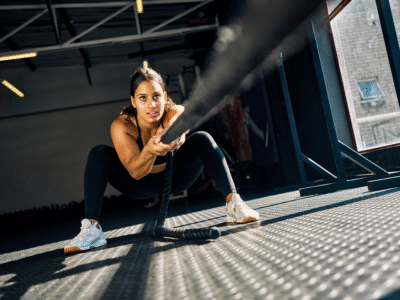As part of our #madetomove campaign, L360’s Evelyn Richards asks why fitness tech still treats menstrual cycles like a taboo subject — and calls on the industry to build training plans that serve women’s bodies.
In a few months, I’ll be running my first marathon. I’ve already completed three half marathons, and while I wouldn’t call myself a serious athlete, I take my training seriously. I care about performance, I fuel well (shout out to spaghetti), I rest properly and I’m keen to find a plan that sets me up for success.
So naturally, I started looking into running apps to help structure my marathon build-up. Runna kept showing up in my TikTok feed with glowing reviews and promises of personalised training plans curated by professional coaches. But the more I investigated it, the more I realised something was missing. Something major.
There’s no mention of the menstrual cycle. No option to sync with period tracking data. No plan adjustments based on hormonal changes. Just a default, cookie-cutter schedule that assumes your body feels and performs exactly the same every week.
So, I didn’t download it. And now those relentless ads feel like salt in the wound.
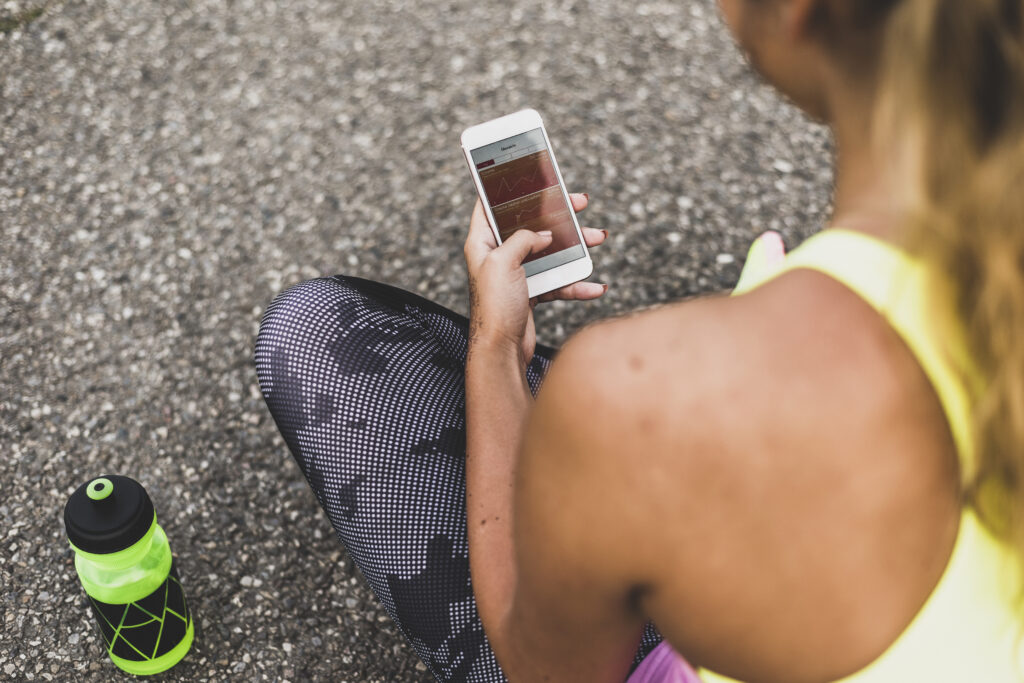
Read more: Experts say this is how you should be exercising at each stage of your menstrual cycle
I have years of period data
Like many women, I track my cycle religiously using Flo. I’ve logged years of data — not just when my period starts but symptoms, energy levels, cravings, sleep and stress. I know my body better than ever. I know when I’m in the follicular phase and ready to push. I know when I’m hitting that luteal slump where even easy runs feel like I’m dragging my legs through mud.
It’s not guesswork. It’s science-backed, pattern-confirmed, app-recorded reality.
So, here’s what I can’t understand: I have this incredibly detailed personal health dataset sitting on my phone, and yet the most widely used running apps pretend it doesn’t exist.
They’d rather pull my 5K PB from Strava than ask what phase of my cycle I’m in — something that could genuinely impact how well I train, how I recover and whether I show up to race day burnt out or ready to crush it.
Runna says syncing isn’t needed — users should adapt manually
Runna’s own support documentation makes its stance clear. The coaching app acknowledges that hormones can affect training but stops short of offering any automatic adjustments: “While we shouldn’t necessarily be overhauling our training to sync with our menstrual cycles, I do think having an awareness of how your hormones may be affecting you and your training is useful,” says Anya, a Runna coach.
“If you notice changes throughout your cycle, having an appreciation of the hormonal fluctuations may allow you to cut yourself some slack and take things slightly easier, or other times, utilise your hormones being on side, speed up and push yourself towards that PB!”
When it comes to modifying workouts, users are advised to manually edit their schedules: “If you need to change or skip a run then please do […] You can add these additional workouts […] by selecting ‘manage plan’.”
In short, the burden of adapting to your own body is placed squarely on the user.
@giveusacurl @Runna @Flo Period Tracker please get in sync!! 🫠 #runna #runninghack #floapp #periodtime #allthegearnoidea #appidea
I’m not alone in this frustration. TikToker Amy posted a video asking why Runna and Flo can’t sync, after being told to run 12K on the heaviest day of her period. The comments are filled with women echoing the same question — and disbelief that syncing isn’t already a basic feature. One user wrote: “OMG yes! Also, why can’t my Garmin figure this out? I track my period IN the Garmin app!”
And TikToker Ashley Lynn shared her experience using Runna during her longest-ever run — only to be berated by the audio cues: “The lady in the Runna app keeps yelling at me because I’m not hitting the pace.”
While it’s easy to admire her determination to push through, there’s a deeper issue: if apps claim to be personalised, why are they failing to adapt to one of the most significant performance factors in many users’ lives?
Read more: 8 best period swimsuits that don’t compromise on style
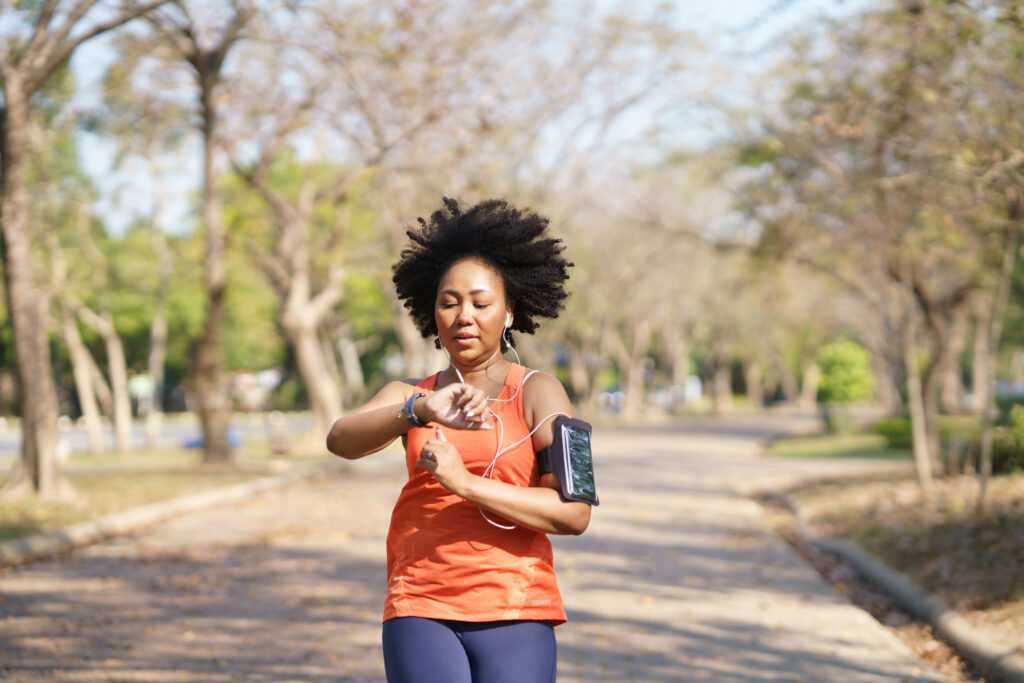
Dedicated cycle-syncing apps take a different tack
Cycle-syncing advocates argue that hormonal fluctuations aren’t a nuisance — they’re a key variable in training success.
In the early follicular phase, when hormones are low, many women experience increased energy, stronger workouts and quicker recovery. But in the luteal and premenstrual phases, rising progesterone can lead to fatigue, disrupted sleep, higher injury risk and longer recovery times.
Personal trainer Chloe Thomas regularly adapts her clients’ training around these shifts.
“During the luteal phase, just before your period, you feel more tired and hungry — especially for carbs,” she says. “Your sleep can be affected, which has a direct impact on performance.”
Chloe also flags the risk of overtraining and injury when these cycles are ignored. “Your body is going through a lot. It’s exhausted. Pushing through without adaptation doesn’t just hurt performance — it can lead to long-term issues.
“I often adjust my clients’ sessions depending on where they are in their cycle. If your body wants to rest, listen to it.”
Apps like Clue and Oura are already exploring these insights. For example, the two apps recently partnered to integrate wearables and menstrual data into a single personalised dashboard. According to Clue’s chief marketing officer Louise Troen, it’s become the app’s top-performing partnership.
This kind of integration isn’t just about science — it’s about dignity. It gives users autonomy, insight and the tools to support long-term health and sustainable performance.
“Just like men, but smaller”
“For too long, the fitness industry has treated menstruating bodies as if they were ‘just like men, but smaller’ — a perception that is both outdated and incorrect,” says Eve Lepage, reproductive health specialist and product adviser at Clue.
Hormonal shifts across the cycle can affect cardiovascular function, metabolism, bone health, sleep, energy availability and more. According to Eve, “Ignoring this data could mean we’re missing a crucial piece of the performance and wellbeing puzzle.”
The science of cycle-syncing is still evolving. While some early research suggests the follicular phase may support strength gains and quicker recovery, and the luteal phase tends to come with increased fatigue and longer recovery, findings are mixed. Large-scale, long-term studies are still underway. But already, real-world patterns are clear — and for those of us tracking consistently, they’re actionable.
“By helping individuals use their own cycle data to identify when they feel stronger or more tired and adapt training accordingly, we get a more personalised approach,” Eve explains. “It’s not just about performance. This is about wellbeing, autonomy and long-term sustainability.”
In Clue’s survey of users, 72% said cycle tracking helped them feel more in control of their health, while 82% of those managing symptoms felt more prepared to handle them once they had tracking tools.
That shift from reactive to informed is critical. But it hasn’t yet found its way into most fitness platforms.
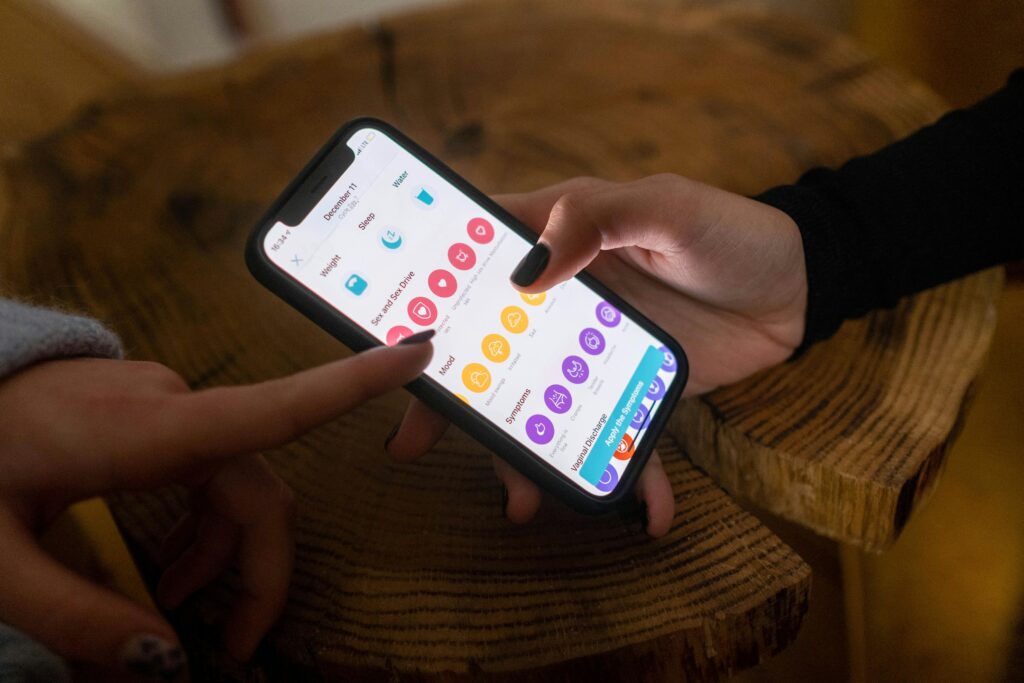
Read more: 10 period tracking apps that won’t sell your data
Designed for male bodies
When I look at these apps — their defaults, their definitions of progress — it’s clear they were built around a male-centric idea of consistency: run further, run faster, keep going.
But consistency doesn’t mean sameness when you have a menstrual cycle. What’s happening inside your body is dynamic. Real training for menstruating athletes demands flexibility.
We’re calling for change
Let’s be clear: this is not a niche concern. Menstrual health is one of the most intimate, consistent and predictive data sources many women have. If your app claims to be personalised but ignores this, it’s not truly serving you.
As Eve puts it: “There’s a clear gap in the market for training experiences that reflect the body’s natural hormonal fluctuations in a science-based, personalised and inclusive way.”
Runna may believe we “shouldn’t necessarily be overhauling our training” based on cycle phase — but for those of us tracking symptoms daily, this isn’t about overhauling. It’s about adjusting, empowering, preventing burnout, preventing injury. And ultimately, helping us show up stronger on race day.
The fitness industry has spent years optimising for heart rates, cadence and step counts. The next evolution is already here: optimising for hormones, recovery and self-knowledge.
We’re not asking to be treated differently, we’re asking to be treated accurately. And frankly, we’re done waiting for the tech to catch up.
Feature image: Getty

